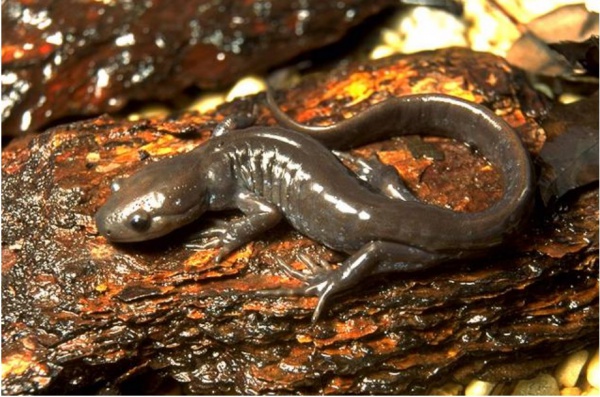Facts About Jefferson salamander
The Jefferson salamander is a fascinating mole salamander found in the northeastern United States, southern and central Ontario, and southwestern Quebec. It derives its name from Jefferson College in Pennsylvania. These slender amphibians typically grow between 11 and 18 cm in length, exhibiting dark gray, brown, or black coloring on their backs, with lighter shades on their undersides.
Each early spring, Jefferson salamanders migrate to breeding sites where they lay their eggs in small clusters attached to submerged twigs. The larvae hatch in about 15 days and spend the next 2 to 4 months in the pond before venturing out.
An interesting aspect of their reproduction involves the Blue-spotted-Jefferson Salamander Complex. In this unique scenario, polyploid females (those with more than two sets of chromosomes) mate with Jefferson salamander males, resulting in a variety of genetic combinations.
During the day, Jefferson salamanders typically seek refuge in deciduous forests, burrowing under stones or logs. They are nocturnal creatures, emerging at night to hunt small invertebrates. Both the larvae and adults are carnivorous, feeding primarily on small invertebrates.
Despite being classified as "least concern" globally, the Jefferson salamander is endangered in Ontario and considered threatened throughout Canada. In Ontario, they receive special protection, with efforts focused on preserving their habitat. They are also listed as a state-threatened species in Illinois. Habitat destruction poses a significant threat to their survival in some areas, making conservation efforts crucial to their continued existence.

 United States
United States